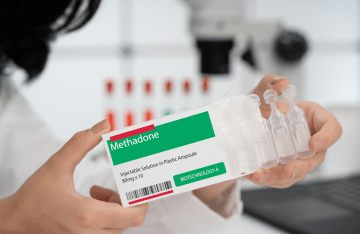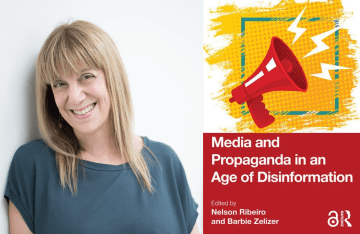Racial Justice Protests Influenced Local News Reporting, Study Finds
A new Media, Inequality, and Change Center report finds that news coverage of policing did become more inclusive and less dehumanizing, but was still heavily slanted toward a police perspective.

A new study from the Media, Inequality and Change Center (MIC) examines how large-scale activism and heightened public discourse around systemic racism and police brutality influenced local reporting on policing in 2020. Through an analysis of a full year of coverage by local newspapers in Philadelphia, Minneapolis, and Louisville, the report assesses the types of sources journalists cited, how police officers and civilians are portrayed, and the context the news stories provided around policing and racial justice.
As the May 2020 murder of George Floyd by a Minneapolis police officer ignited a surge of protests against police brutality and system racism in the United States, the media fell under increased scrutiny for how they depicted policing, race, and communities of color.
The report’s authors — Susanna Dilliplane, Ph.D., deputy director of The Aspen Institute’s Planning and Evaluation Program; MIC’s associate director, Briar Smith; and Annenberg doctoral student Louisa Lincoln — analyzed coverage of policing published over the course of 2020 by the Minneapolis Star-Tribune, Louisville Courier-Journal, and Philadelphia Inquirer.
The study, entitled “Policing 2020: Local news reporting during a year of protest,” found that the newspapers’ coverage reflected and responded to the public’s focus on race and policing. The researchers observed more inclusive sourcing practices in some of the coverage, less dehumanizing language (e.g., ‘suspect’ and ‘offender’), and greater use of information that challenged the police or helped to situate policing in the context of racial justice.
However, the authors say, coverage of policing still continued to reflect narratives that reinforced a police perspective. Relative to other sources in the community, journalists heavily cited police officers in their local crime reporting. They also more consistently included “criminalizing” details, such as information about a civilian’s threatening behavior towards police, while failing to mention police accountability in stories that involved civilians being injured or killed by police. This helped to justify police use of force and downplay the connection between police violence and police accountability.
Moreover, most protest coverage portrayed protesters as a threat to property and public safety, and often failed to mention protesters being harmed by police. To this end, the report offers broader observations about how newsrooms can reexamine and move away from problematic reporting practices and improve their coverage of policing.
The Media, Inequality and Change Center is jointly run by the University of Pennsylvania's Annenberg School for Communication and Rutgers University's School of Communication and Information.



